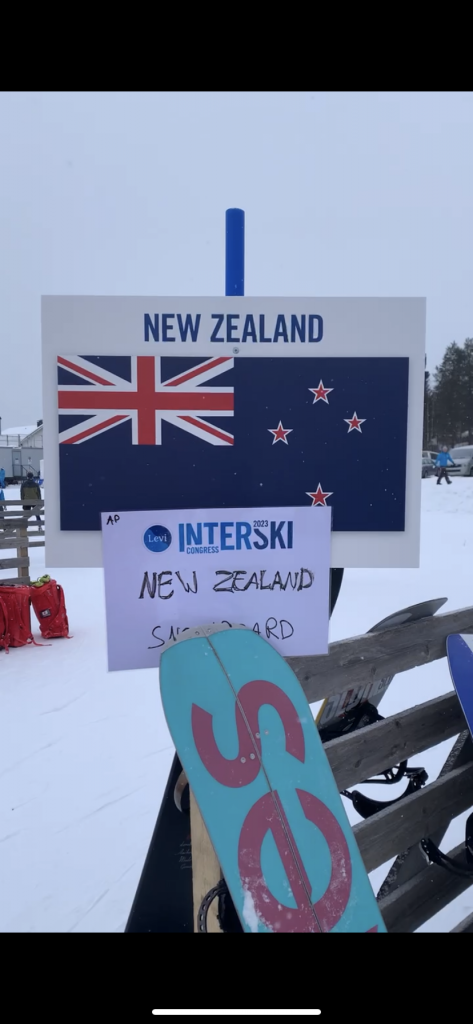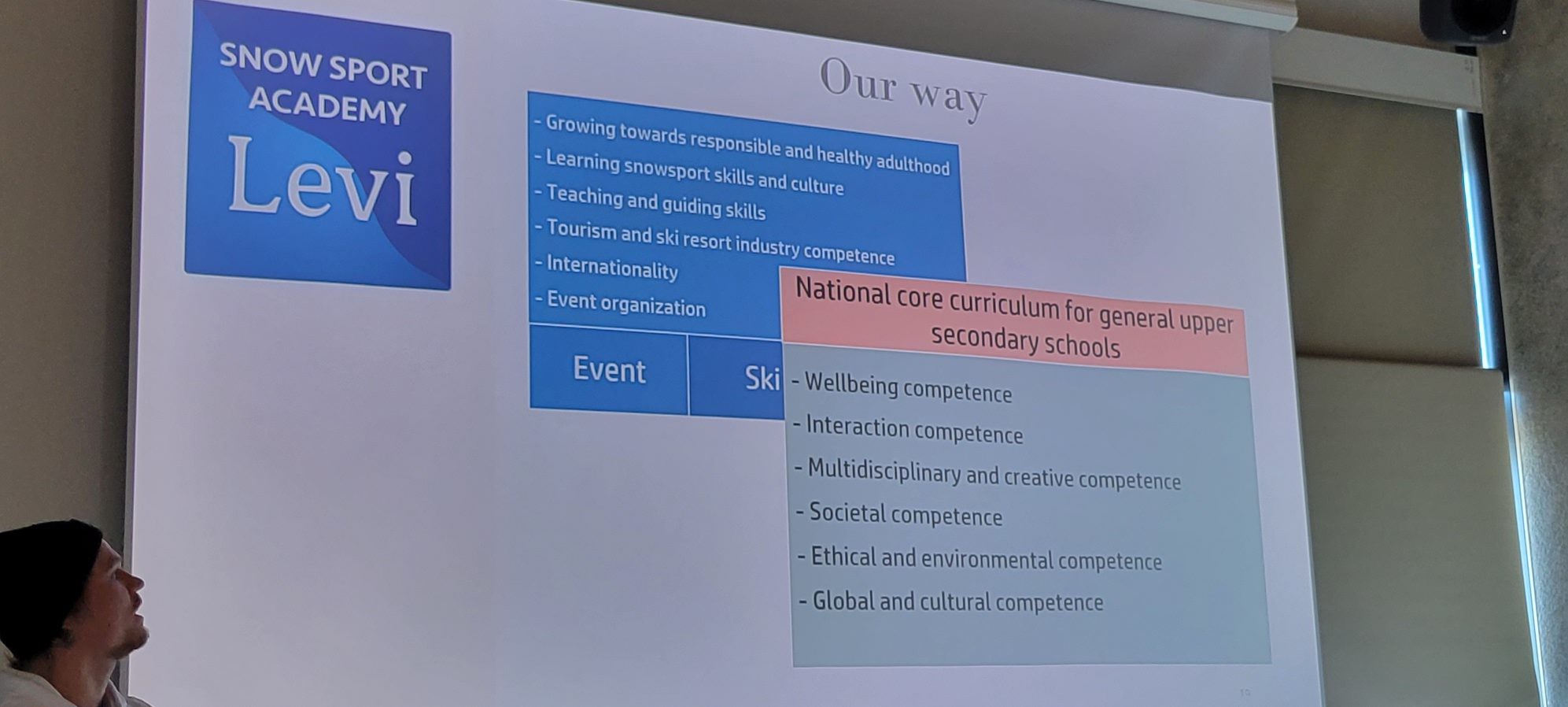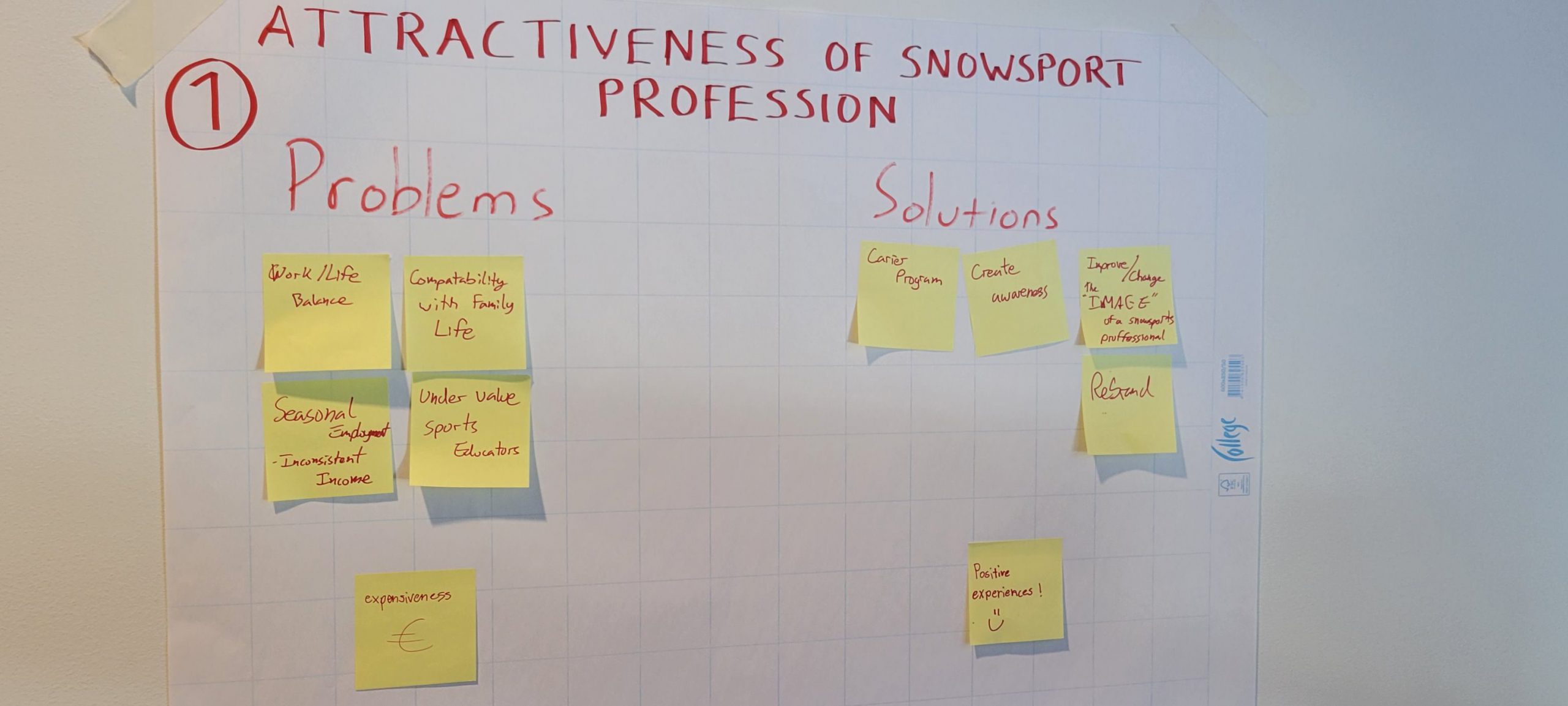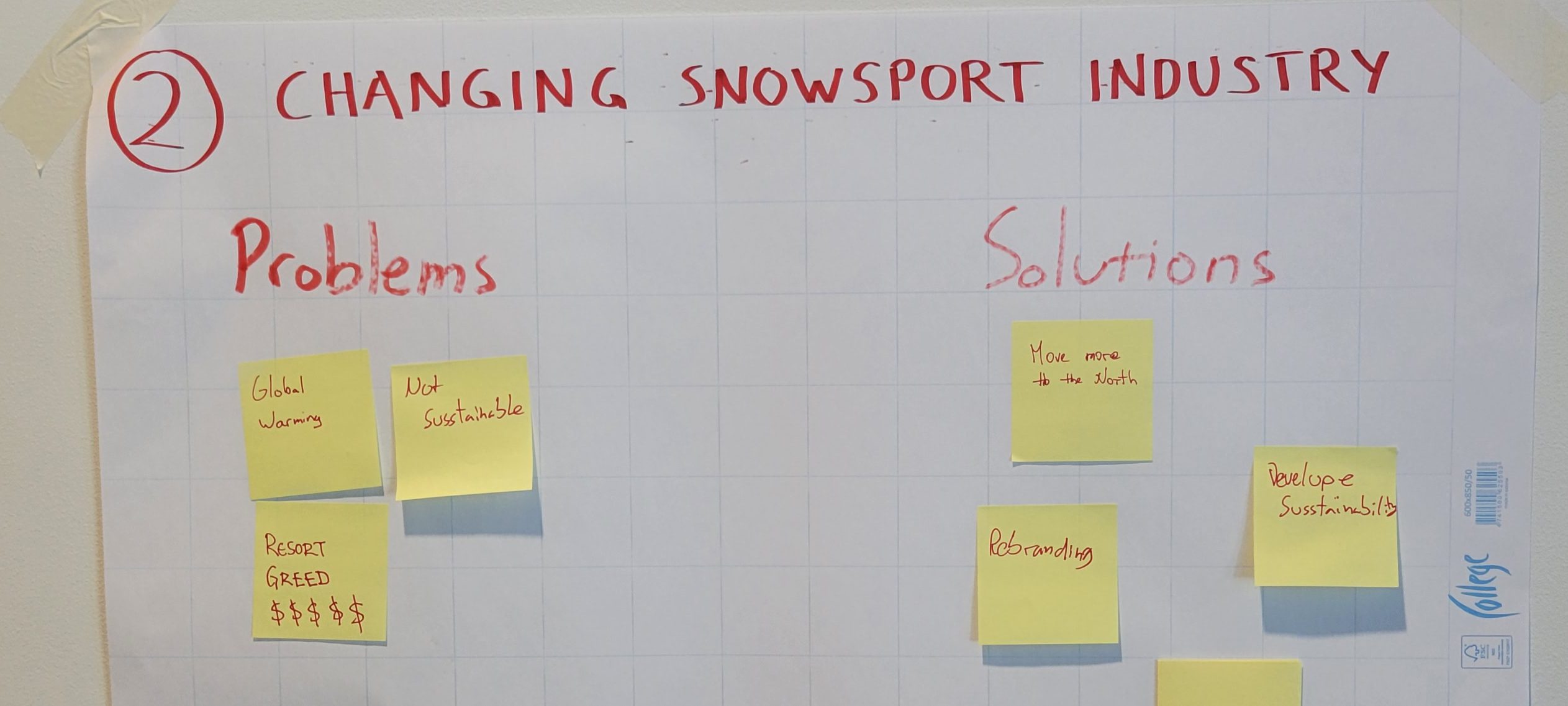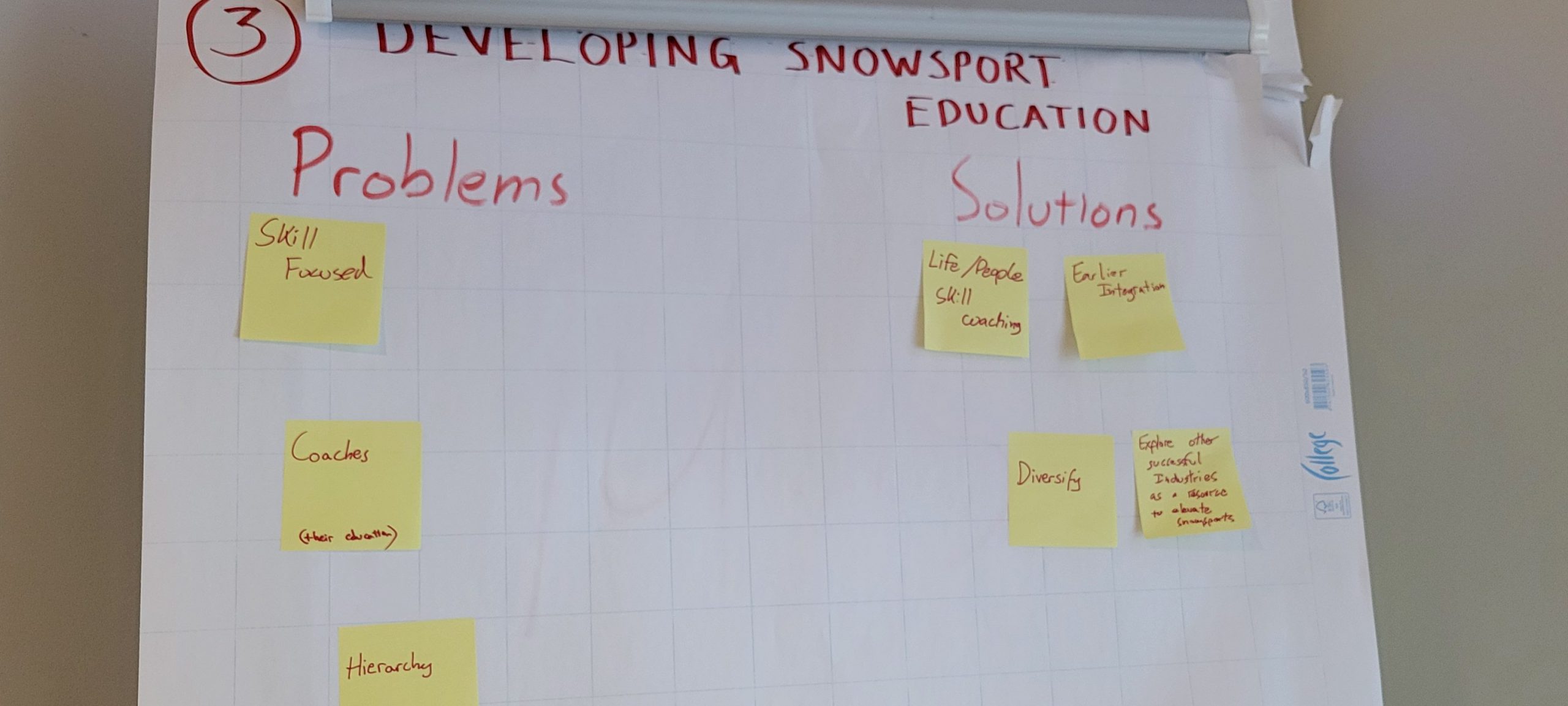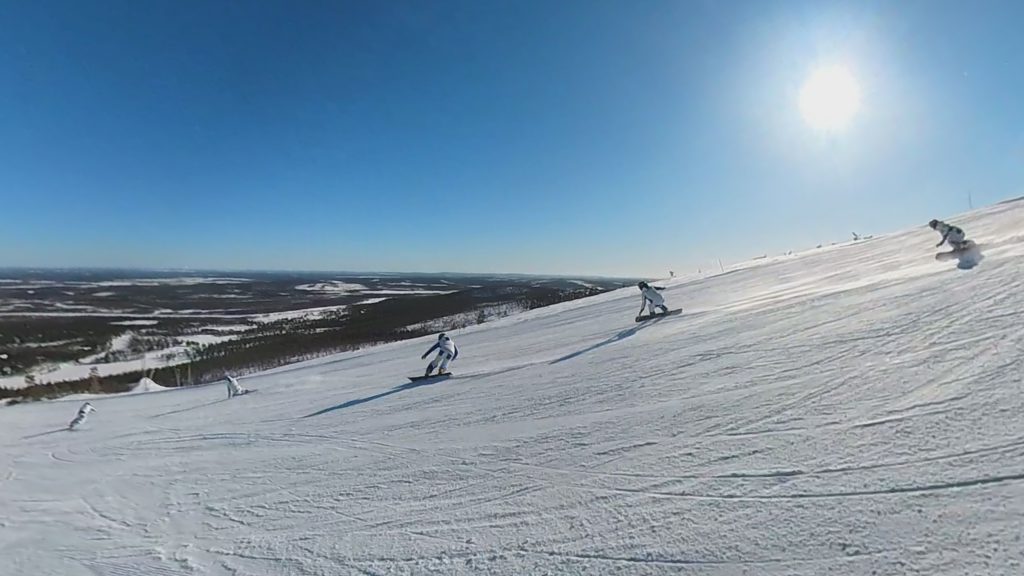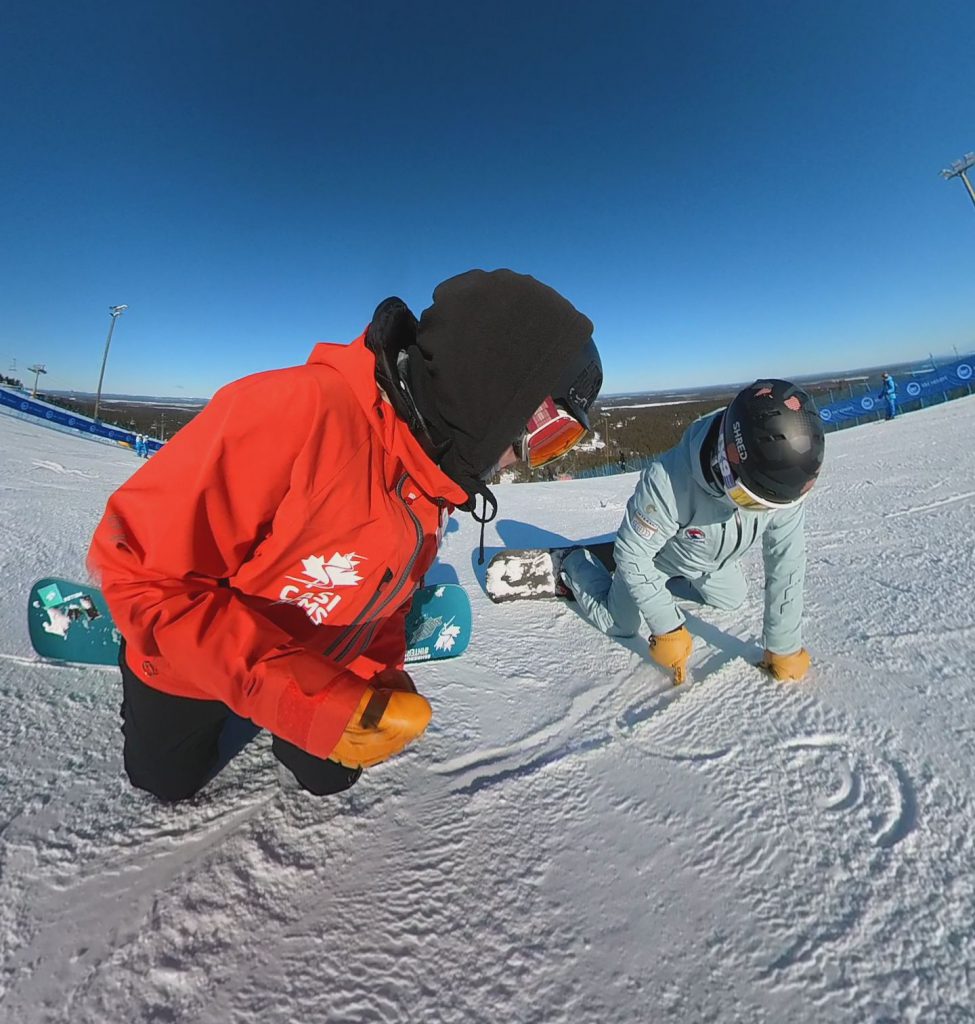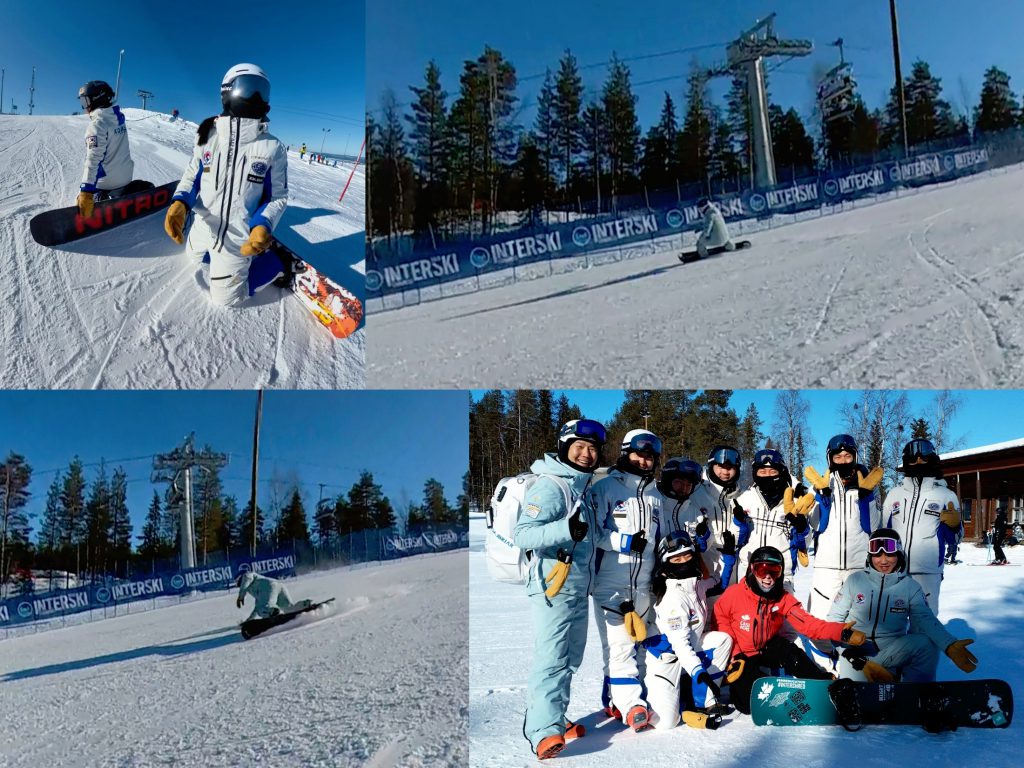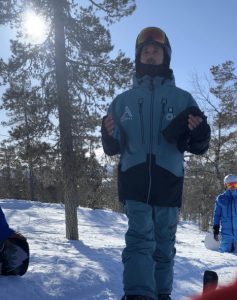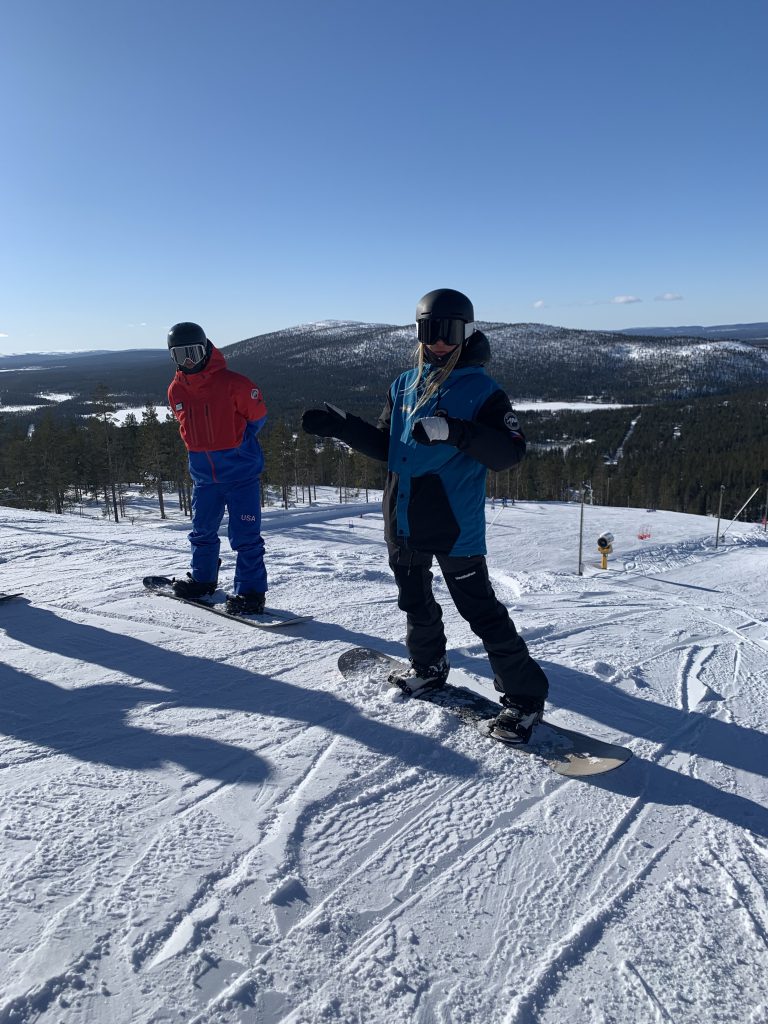Feedback tool box
Styles of feedback we explored where : Negative, positive, immediate, delayed, intrinsic, extrinsic, augmented and seek give seek.
The New Zealand association builds and develops there feedback styles throughout there levels. Looking at positive attributes and negative attributes to each style. Helping the instructors decide which approach to take.
Key take aways :
There are pros and cons to negative vs positive , immediate and delayed.
The use of intrinsic feedback is a way of creating internal feels associated with improvement.
Extrinsic is external feelings associated with improvement.
Augmented uses probing questions to help develop specific outcomes for student. It is more collaborative.
“Seek give seek”uses several different types of questions to help student and instructor develop feedback direction. Onus is on student for helping develop what they would like to get out of there own riding. It is a collaborative exchange. This method is best used with advanced students.
